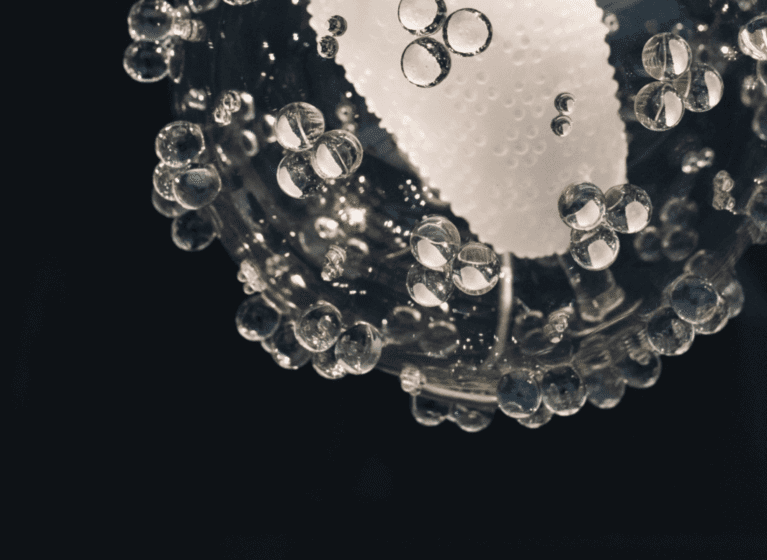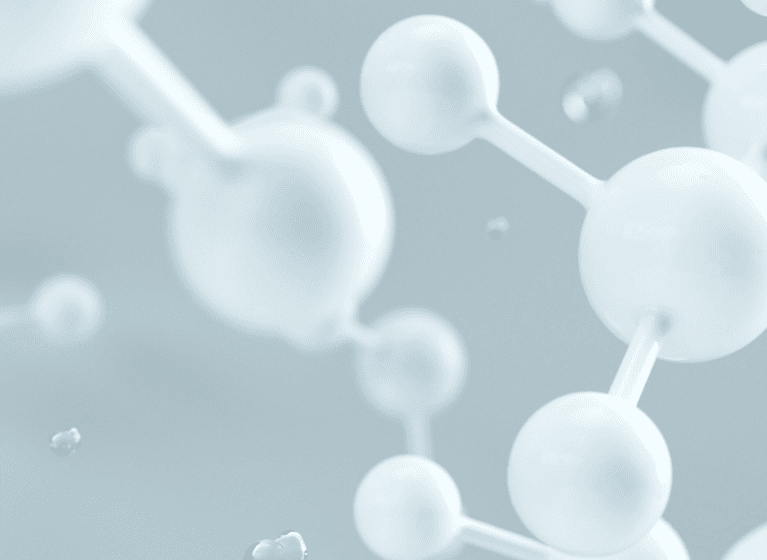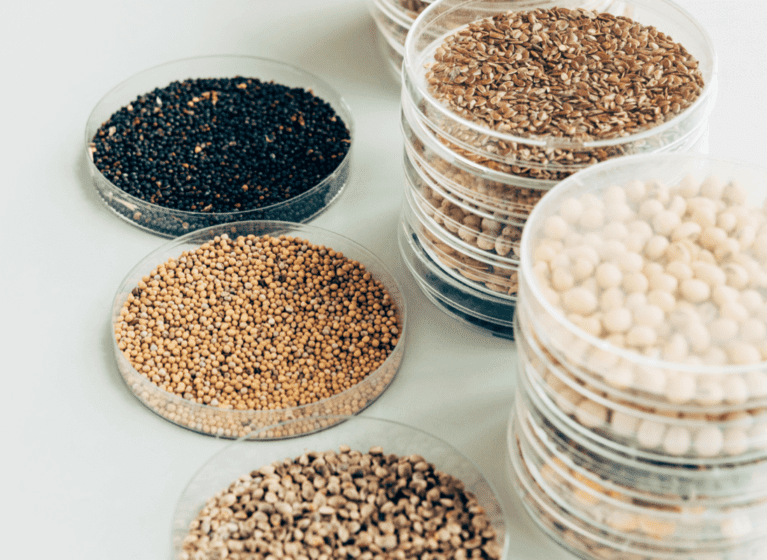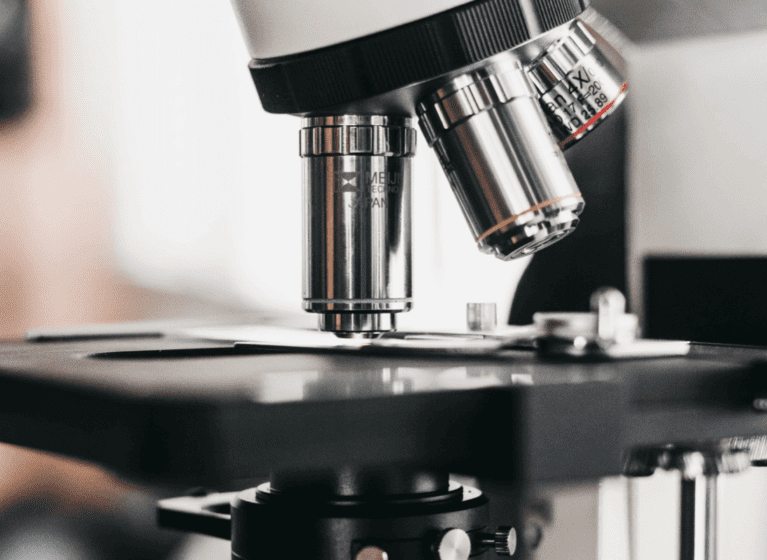Method and Swiss form use claims, including dosage claims and claims to treating patient subsets are effective to protect a commercial position in Australia. Even in the absence of product claims. And most recently, this position has been confirmed for a biological.
Just because your medicinal product is known, or perhaps not eligible for patent protection on the basis of it being a naturally occurring substance, the option to seek patenting of the use of that product should not be viewed as a compromise position of lower commercial value. The perception of their lower value is often associated with the complication of needing to prove contributory, secondary or indirect infringement of such claims. But the Australian law on contributory infringement and the application of that law by the Australian courts (perhaps more so than other jurisdictions) has, generally speaking, been favourable to patentees whose only practical course of action is to sue the supplier or middleman who facilitates the infringing act by the ultimate consumer.
Indeed, as is set out below using some very high profile examples, method of treatment and Swiss form claims have proven their worth to patent proprietors over the years in Australia.
Taxol
Taxol was a valuable case in respect of contributory infringement of method claims, and dosage claims in particular. The court concluded that infringement was established, both in relation to Taxol supplied with the product information guide with instructions consistent with the claimed use and to that supplied for the purposes of the clinical trials. While the infringement outcome was moot in light of the invalidity of the claims, the case set an important precedent for originators. In that context, their Honours held there had been infringement by the supplier.
Viagra
The court in Eli Lilly and Company v Pfizer Overseas Pharmaceuticals followed the Taxol decision. Better known as the “Viagra” case, the patent had claims directed to methods of treatment of impotence in men. In that case, the court again concluded that, were the claim in question valid, Lilly’s sales of their product together with the explicit instructions for use provided with the packaging would have constituted an infringement.
Rituximab
And in a positive sign for biologics, the same principles are being applied. Roche successfully asserted their method claims directed to therapeutic uses of their monoclonal antibody product Rituximab against Sandoz, being granted an interlocutory injunction following Sandoz’s Pharmaceutical Benefits Scheme (PBS) listing of Rituximab containing products.
And where the method of treatment claims can’t get the job done, enter stage left the humble Swiss form claim, which is also a permissible claim format in Australia. Indeed, as we have discussed previously the scope for enforcement of Swiss-style claims may be broader in Australia than for method of medical treatment claims, and permits reliance on direct infringement which avoids some of the difficulties with contributory infringement provisions.
Pregabalin
A prime example of the value of the Swiss form claim was seen in respect of Warner-Lambert’s patent for the use of the drug Pregabalin.
In stark contrast to the UK, and the Supreme Court’s decision that Warner-Lambert’s EP (UK) patent relating to the second medical use of Pregabalin for the treatment of pain was invalid, the very same claim format saved the day in Australia. In that Federal Court of Australia decision in 2017, it was held that for method of medical treatment claims, an offer to sell a product referred to in the method claims cannot be an infringement as infringement requires the actual method of treatment to be performed. But the court granted an injunction against a competitor on the basis that it was an infringement of a Swiss-style claim to offer to supply a pharmaceutical product that results from the use of a method of manufacture the subject of the granted Swiss-style claims.
This clearly highlights a benefit of the granted Swiss-style claims that is not afforded by the granted method of medical treatment claims. But the bottom line for all patent applicants in Australia is that both claim formats should be included and are, in our opinion, essential for robust patent protection.







